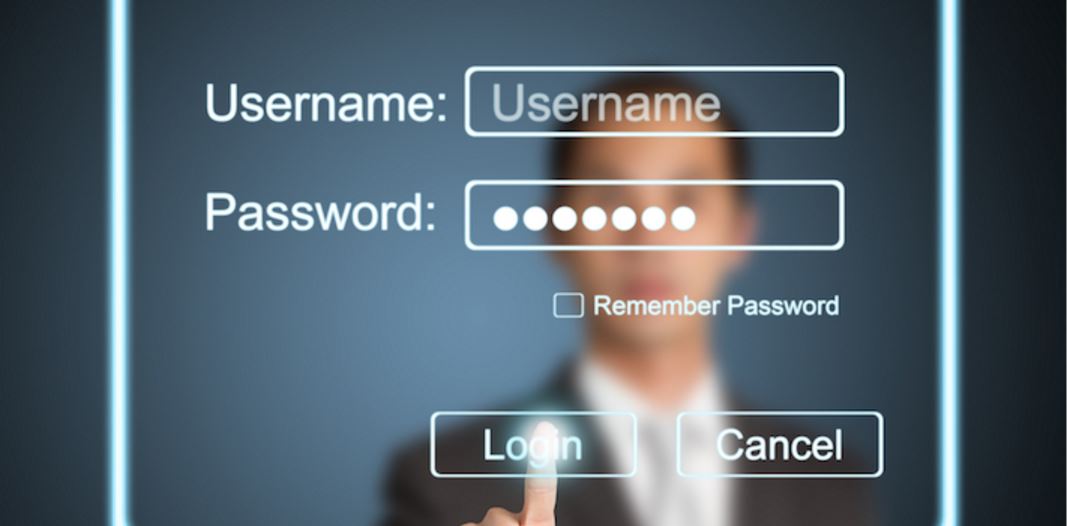Long Live Mother Earth!
The global climate is a multi-faceted issue, especially when it comes to how human behavior (seven billion humans) impact the planet. Recognizing the importance of reducing carbon dioxide emissions into the atmosphere, the world’s nations adopted the first international agreement to limit the causes of anthropogenic climate change at the conclusion of the Paris climate talks on Saturday, 12 December 2015.
During this year’s conference, leaders from around the globe came together in Paris to attend one of the largest international conferences ever to review the implementation of the United Nations (UN) Framework on Climate Change to formulate a global resolution designed to slow and eventually halt climate change. Indeed, negotiators from over 195 countries came together to decide that the earth which we inhabit is worth saving—from deforestation, carbon emissions, human emissions and pollution, disappearing coastlines, rising sea levels, and extreme weather patterns—all of which are effects of climate change.
Climate change is the source of much controversy as many people do not believe it exists. Despite the various beliefs, climate change is real. In fact, since the climate talks in Paris are now over, the world has set quite a serious goal for itself: limit temperature rise to 1.5 degrees Celsius, or failing that, 2 degrees Celsius. Achieving this goal is necessary because rising temperatures have already had negative impacts on ice caps and ocean chemistry (www.theguardian.com).
Listed below are just a few excerpts from the UN Framework Convention on Climate Change, “Transforming our World: The 2030 Agenda for Sustainable Development”:
- (A) Parties account for anthropogenic emissions and removals in accordance with methodologies and common metrics assessed by the Intergovernmental Panel on Climate Change and adopted by the Conference of the Parties serving as the meeting of the Parties to the Paris Agreement;
- (B) Parties ensure methodological consistency, including on baselines, between the communication and implementation of nationally determined contributions;
- (C) Parties strive to include all categories of anthropogenic emissions or removals in their nationally determined contributions and, once a source, sink or activity is included, continue to include it;
- (D) Parties shall provide an explanation of why any categories of anthropogenic emissions or removals are excluded
Although this excerpt only represents a portion of the 32 page agreement, the tone of the document emphasizes the seriousness of the outcome this agreement is intended to produce. While climate change is not a problem that can be solved overnight, there are ways that individuals can make a difference to increase environmental sustainability while decreasing the size of one’s carbon footprint.
Ways that you can mitigate environmental degradation (www.nytimes.com):
-
Reduce your consumption of red meat:
-
According to the New York Times, “You are better off eating vegetables from Argentina than red meat from a local farm”
-
More carbon emissions come from the production of red meat and dairy than from the transportation of food.
-
-
-
Take advantage of public transportation (bus, train, subway, etc.):
- People who commute by car to work on a daily basis significantly produce more carbon annually than those who rely on public transportation.
-
Eat everything in your refrigerator:
-
Americans waste up to an estimated 40 percent of household food—amounting to almost 1,400 calories per person daily
- Food waste not only occupies a considerable amount of landfill space, it also adds methane to the atmosphere. as it decomposes, which subsequently increases carbon emissions.
- Plan meals ahead of time, freeze food before it spoils, and reduce your portion sizes.
-
-
Drive less and avoid first class seating when traveling by plane:
- Travelers can reduce their carbon footprint by traveling in economy class as first-class seats take up more room, which means more flights for the same number of individuals.
- However, driving can be worse because driving from coast to coast creates more carbon emissions than a plane seat.
-
If you really want to do your part to reduce your carbon footprint, eliminate travel all together by connecting via Skype or other video chat avenues.
-
Adopt a dog or a cat:
-
Although dogs and cats have diets that are high in meat, their meat consumption comes mostly from leftover animal parts that we as humans do not want
- According to the New York Times, when a cow is slaughtered, almost 50 percent of the animal is removed as unwanted or unfit for human consumption” and usually ends up in pet food as a byproduct of human meat consumption.
-
-
Replace your gas guzzling SUV, but avoid purchasing a second vehicle:
- “Before you even start driving that new car to add to your first one, you’ve already burned up three and a half times your annual carbon budget” by encouraging the manufacturers to utilize raw materials and metals.
-
Improve your gas mileage by adhering to speed limits, driving defensively, and keeping your tires inflated (United States Department of Energy).
-
Consume less stuff, waste less stuff:
- Avoid the consumption of useless raw materials.
- Reduce the amount of waste you produce.
- Remember that not all materials are worth recycling as the New York Times explains, recycling a magazine every day for an entire year saves less carbon than is emitted from four days of running your refrigerator.
In sum, the Paris climate negotiations were a step in the right direction in regards to mitigating climate change. However, the most effective sustainable solution to climate change will require an absolute commitment by individuals, public policies, governing institutions and the global energy system to make fundamental changes in behavior that will foster the development of clean energy and reduce our dependence on non-renewable fossil fuels. Ultimately, people around the world must be willing to act in ways that are conducive to sustainable environmental development for generations to come; after all, we only have one earth on which to live and thrive.












